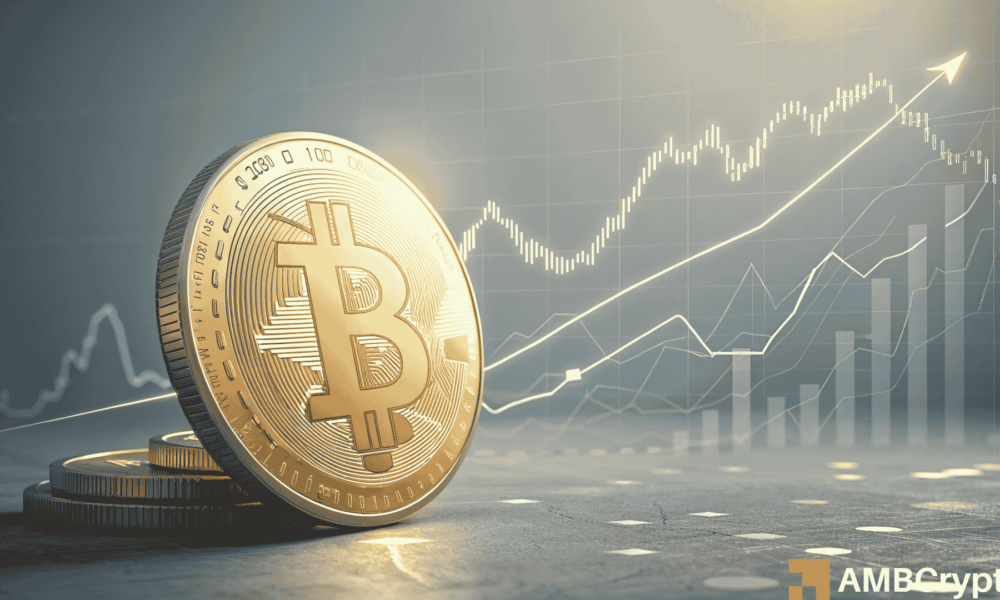Key Takeaways
Why is Bitcoin’s reaction to CPI important?
Because, instead of selling off due to higher inflation, as in previous cycles, Bitcoin held steady.
What drove September’s inflation print?
Gasoline prices were the main contributor. Core inflation continued to cool, which matters more for Federal Reserve policy direction.
Bitcoin held steady around $110,000 on Friday, 24 October, even after U.S. inflation came in slightly higher than the previous month. This signals a shift in how crypto markets respond to macroeconomic data.
The September CPI report showed consumer inflation rising 3.0% year-over-year, up from 2.9% in August. Core CPI increased 0.2% month-over-month, a slower pace than earlier in the year.
The biggest driver was gasoline, rather than broad price pressure, suggesting inflation momentum continues to cool underneath the headline.
Bitcoin didn’t sell off — and that’s the story
Traditionally, crypto tends to weaken ahead of CPI releases as traders hedge macro uncertainty. However, this time, Bitcoin showed stability into and after the print, holding above the mid-range support zone.
This behavior signals that the market had already priced in inflation risk.


Source: TradingView
The move aligns with recent options data, which showed that traders were hedging upside exposure between $109,000 and $115,000, rather than placing directional bets.
This means the market entered CPI defensively positioned, not overexposed.
In other words, the CPI didn’t have to be bullish; Bitcoin just needed not to flinch, and it didn’t.
BTC is behaving more like a macro hedge than a high-beta risk asset
The current reaction places Bitcoin closer to gold-like behavior, rather than tech-stock volatility.
Gold also held steady after the CPI release, reinforcing the notion that markets view this inflation as manageable, rather than destabilizing.
Why this CPI print supports the broader crypto thesis
The key point is that inflation is not reaccelerating in a way that forces the Federal Reserve back into tightening.
While headline inflation rose slightly, the increase was almost entirely due to volatile fuel prices. At the same time, core inflation, the Fed’s primary benchmark, continued to moderate.
This keeps the interest rate outlook on a gradual easing path, not a reversal.
For crypto, that translates to sustained liquidity support, narrative continuity, and less macro pressure.
Just as importantly, Bitcoin’s stability through the release shows that the market views this environment as familiar and navigable, rather than threatening.







